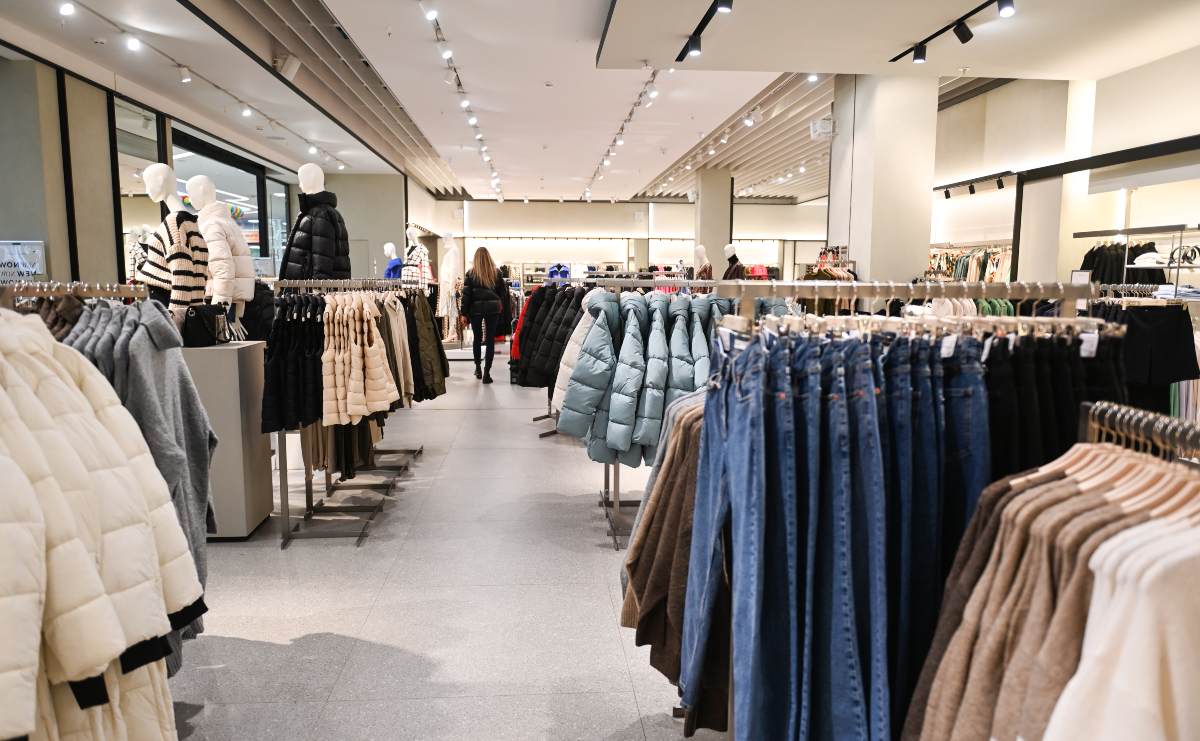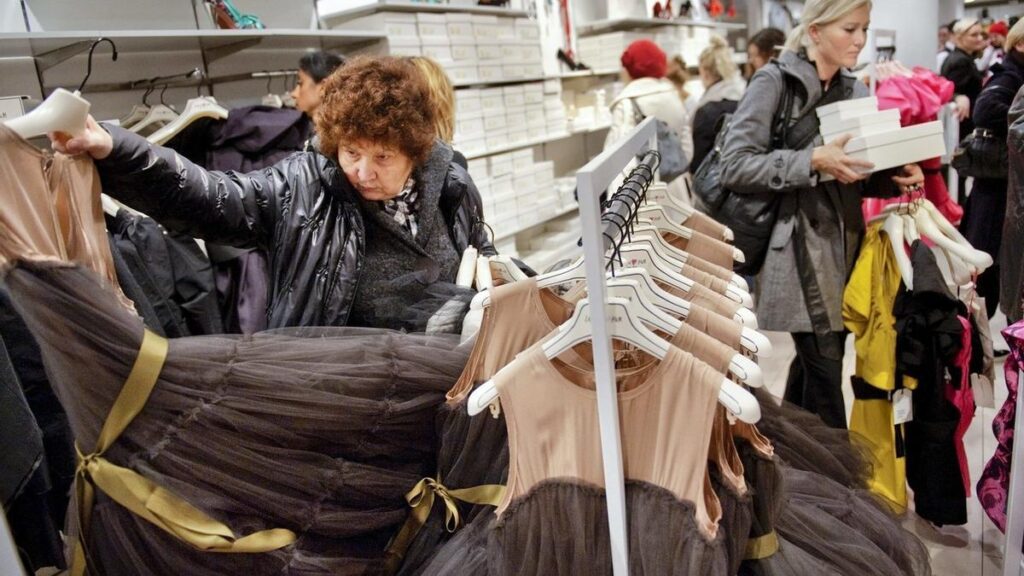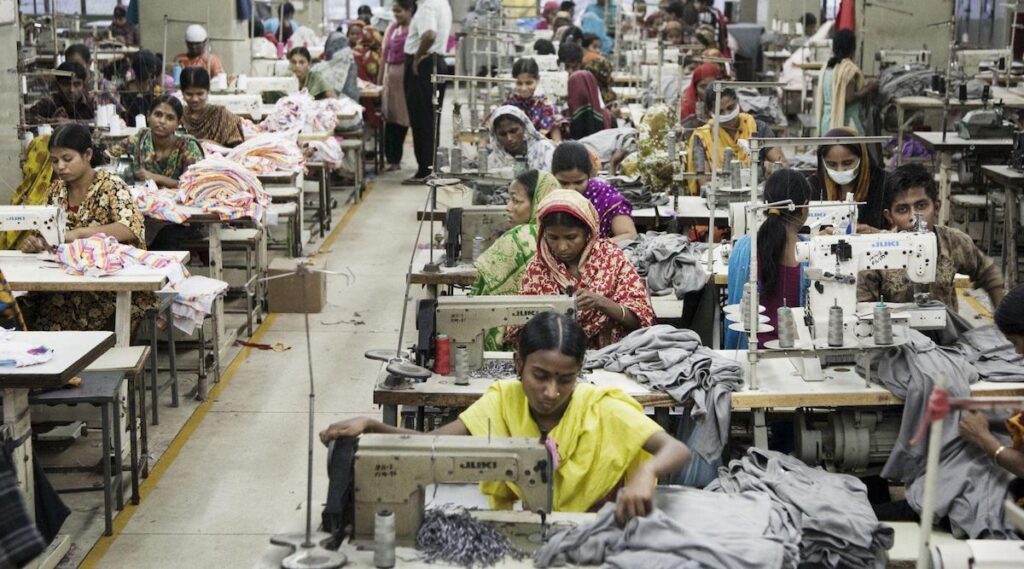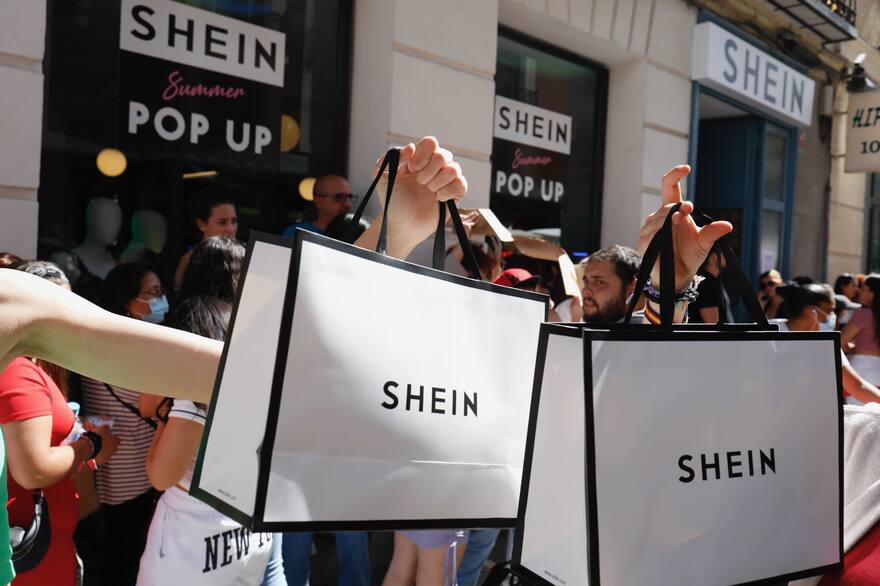What are the origins of fast-fashion and ultra-fast-fashion trends? A journey through three generations of companies explains this.

When we hear the term fast-fashion we often tend to lump all brands belonging to this business model together, as if they belonged to one big family.
As in any family, we can delineate characteristics that unite them and others that distinguish them, and we can delineate members from different generations.
At the head of the table we see the progenitors, those who literally laid the foundations of this new face of fashion. The big companies, such as Inditex and H&M, with their capillary worldwide distribution, their shops still to be found in countless high streets on various continents.
Then we see the middies, the various Bohoo and Missguided, who arrived on the wave of the digital revolution. Finally, the reckless latest generation, the infamous ultra fast fashion of Shein and Temu.
All such familiar names, present in our daily lives… but what do we really know about them?
Definition of fast-fashion: the origins
The term fast-fashion first appeared on 31 December 1989 in the New York Times. Anne-Marie Shiro describes two new shops that appeared on the New York scene, on
Lexington Avenue, Compagnie Internationale Express and Zara. Both shops, Shiro writes, caught the attention of young fashionistas who changed clothes as fast as they changed the colour of their lipstick.
Juan Lopez, head of Zara USA at the time, explains how the merchandise changes every three weeks, in a constant chase after the latest trend. In just 15 days, a new idea is transformed into merchandise available in shops.

Founded by Armando Ortega in 1975 Zara could already boast. In 1985, the Inditex group was founded, bringing together Zara, Pull&Bear, Massimo Dutti, Bershka and Stradivarius, among others. In 2023, Inditex had a turnover of EUR 36,000 million.
But Zara had history.
Leading actors of the first generation
Erling Persson opened the first Hennes & Mauritz (H&M) in Vasteras (Sweden) in 1947 and between 1960 and 1979 the company opened forty-two shops in Europe.
In the 1960s, fashion began to move rapidly, young people began to reject made-to-measure clothes and embrace cheap clothes. In order to keep up with the growing demand for new pieces and increasingly volatile trends, companies began to export manufacturing to countries far from Europe, in search of cheap labour.

Those years saw the birth of two other fast-fashion giants: Topshop in 1964 in Sheffield, UK and Primark in 1969 in Dublin, Ireland.
In the 1980s and 1990s, their strategy of producing cheap clothes expanded more and more, making each of these companies (in addition to Zara since 1975 and Forever 21 born in Los Angeles in 1984) multinational giants with a widespread diffusion in Europe and, since the 1990s and 2000s, also in the USA.
The second generation: riding the digital wave

Around the year 2000, e-commerce began to gain momentum and several clothing companies started to expand their global presence.
A few years later, in 2006, began the rise of one of the iconic companies of the new digital fast fashion, bohoo.com. Founded in the 1990s as a textile factory for the big names in fast-fashion, it began selling its products directly to the public in 2006 by launching an online shop.
Thanks to very low production costs, most of the expenditure can be concentrated on marketing. Specifically on a new type of marketing: online, with micro-advertising on YouTube and, later, Instagram.
By optimally riding the advent of social media, the company is able to reach the ideal audience for its products and success is immediate.
However, to stay on the crest of the wave Booho and its competitors (many from similar backgrounds and places, from Manchester and the surrounding area) have to change the fast-fashion business model.
If before Zara was considered revolutionary by offering hundreds of new products per week they now offer thousands.
Ultra Fast-Fashion

These brands create a shopping experience that accustoms the customer to constantly expect novelties at rock-bottom prices, a non-stop online presence and a never-ending variety of models. The feeling is that these items magically appear out of nowhere, that one can buy and receive everything quickly.
From fast fashion we get to Ultra-Fast fashion, with absurdly reduced pace and timing, unnaturally low prices and atrociously high quantities.
All this leads to heavy consequences on both the environment and the people involved in the production of these garments. Even when some brands decide to bring part of their production back to the West, intolerable working conditions and underpaid workers are discovered.
With the advent of new super companies of Asian origin such as Shein, the situation has worsened further. The figures become stratospheric and out of control, with between 80 and 100 billion new garments poured onto the market every year with about 6 thousand new garments every day at an average price of $7.

While the role of online advertising and the various influencers showing their purchases in YouTube videos are integral to the success of the second generation, Ultra Fast Fashion relies mainly on the more immediate social media such as TikTok.
This also leads to an exponential increase in the speed of interaction with the public. In addition to live sales and online games, users are constantly made to participate and invited to buy in an almost playful way.
Virtual experience
Losing contact with reality, shopping has now become a virtual experience for consumers and an increasingly profitable business model for the companies involved.
Without customers noticing or taking into account the consequences of this mad rush to buy and produce, unbridled accumulation of disposable accessories or clothing.
Like living, precisely, in a video game, an obstacle race to have the latest trend.





